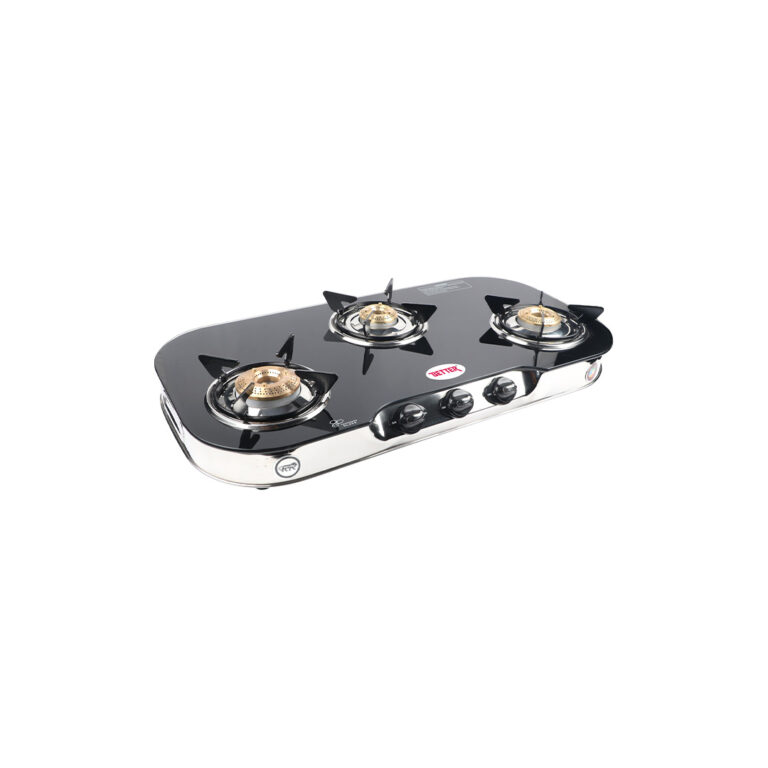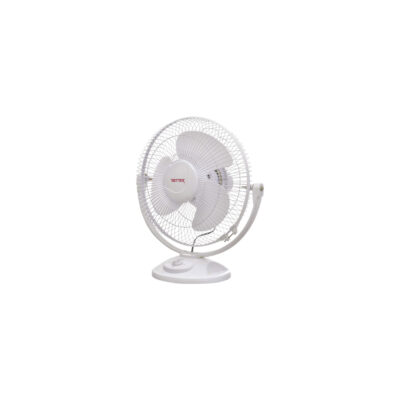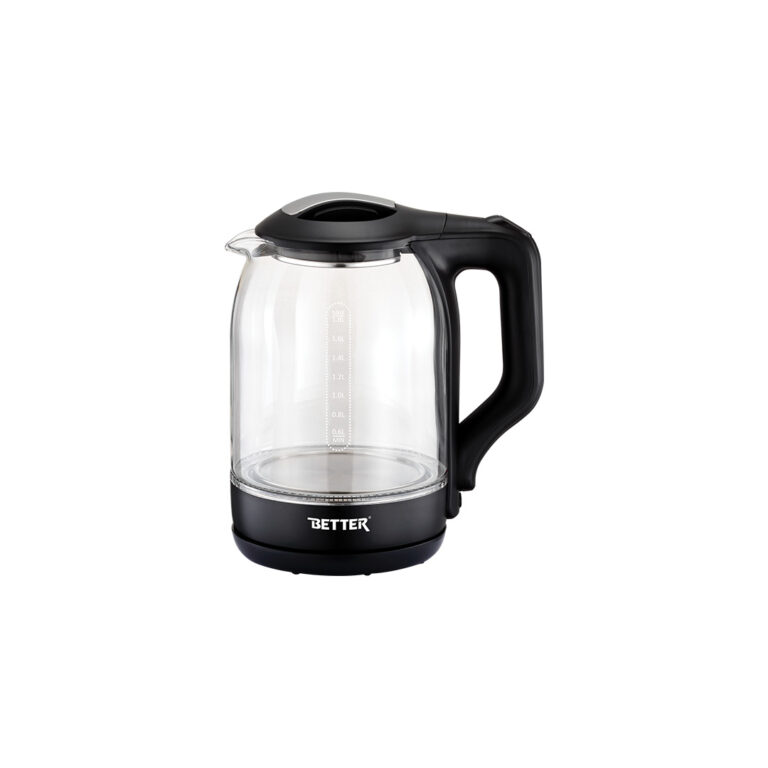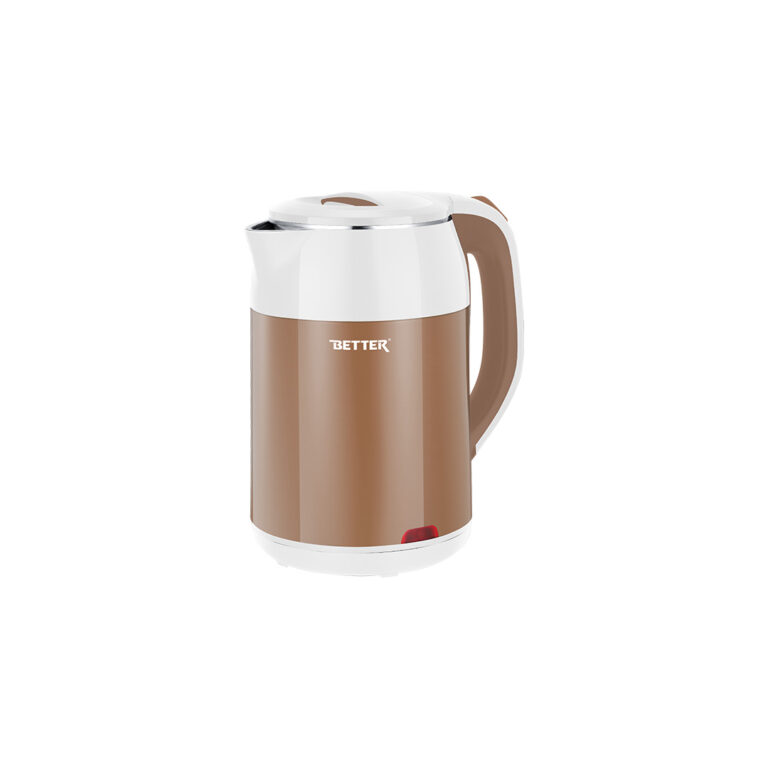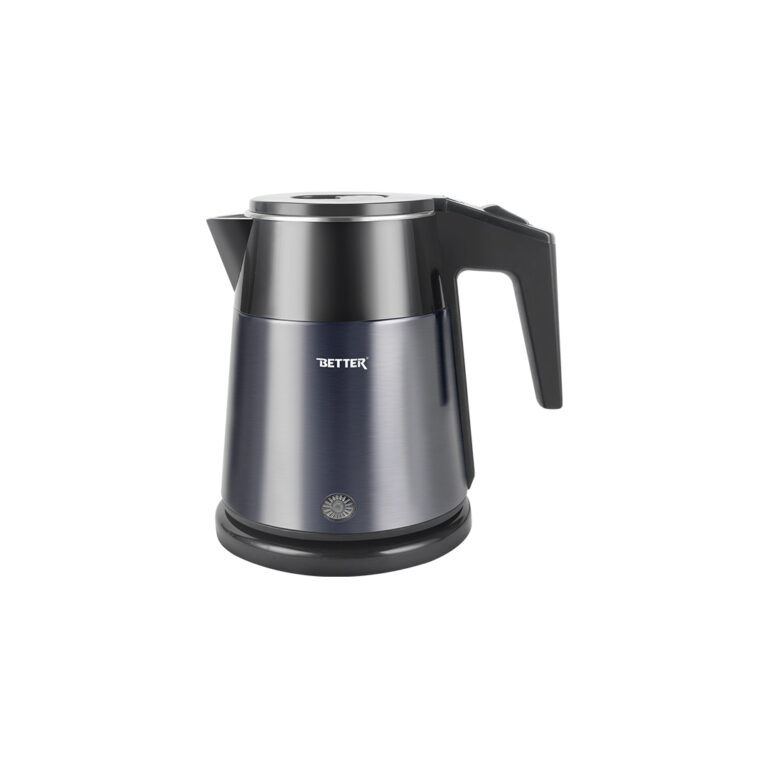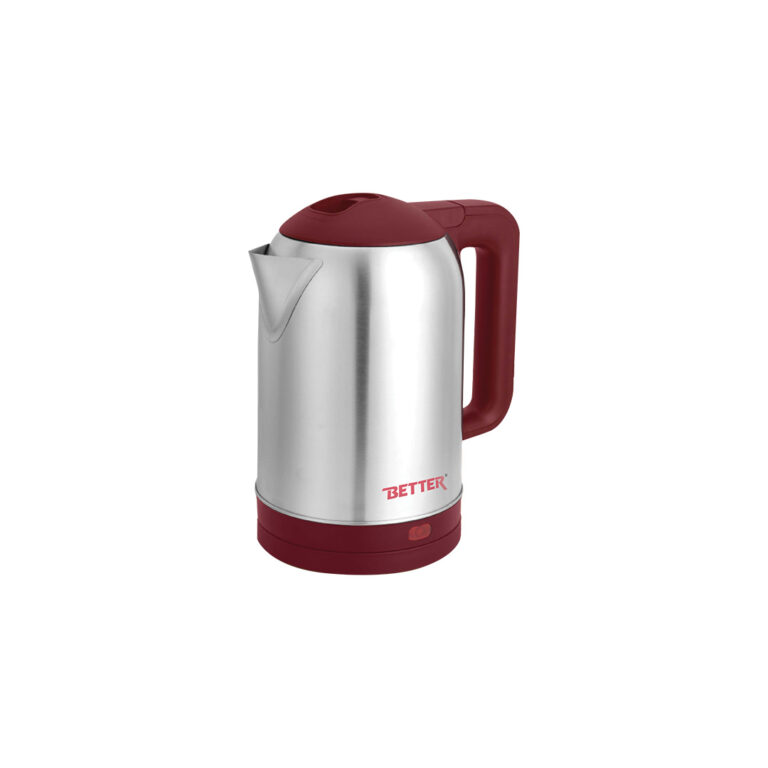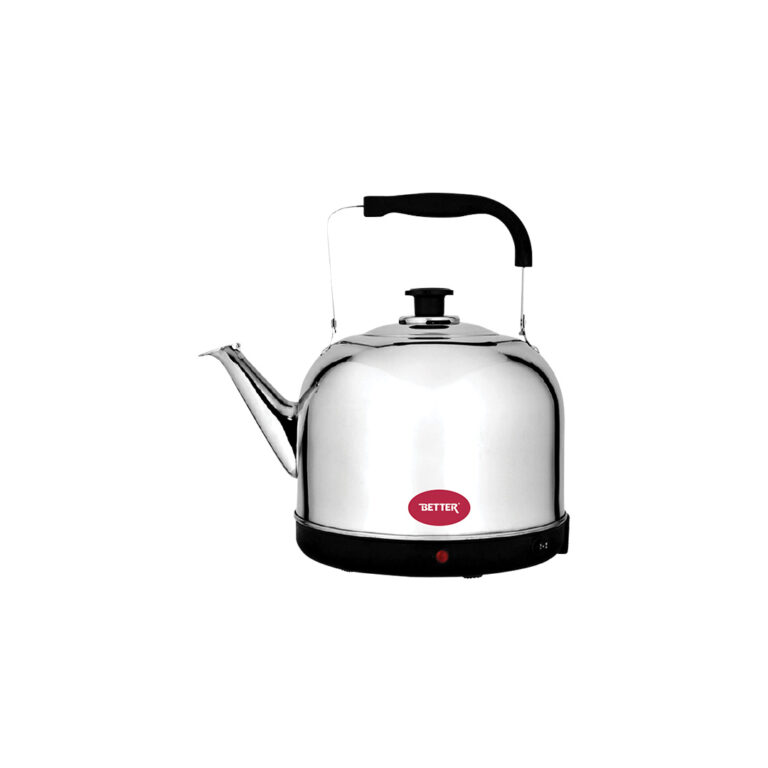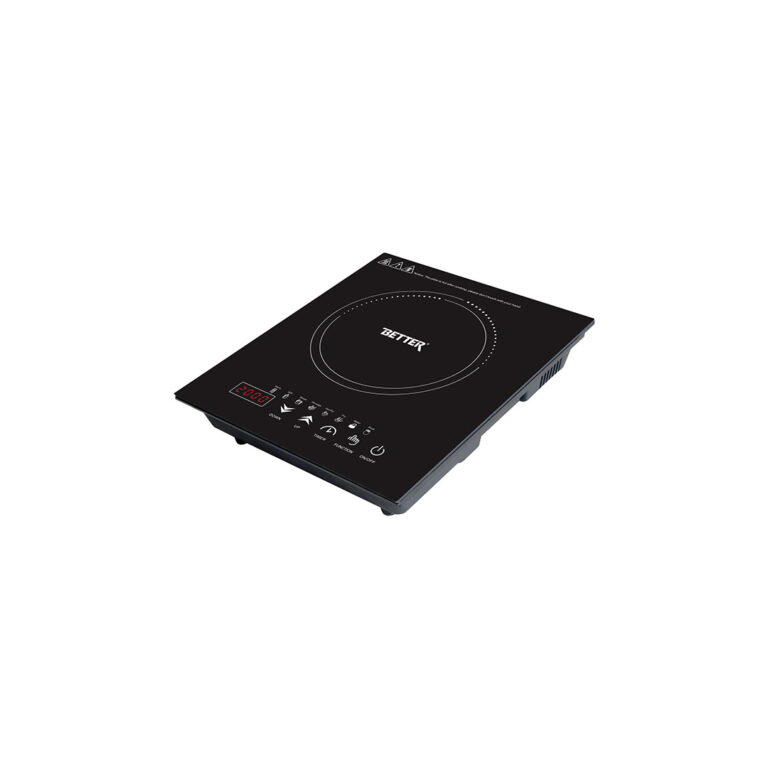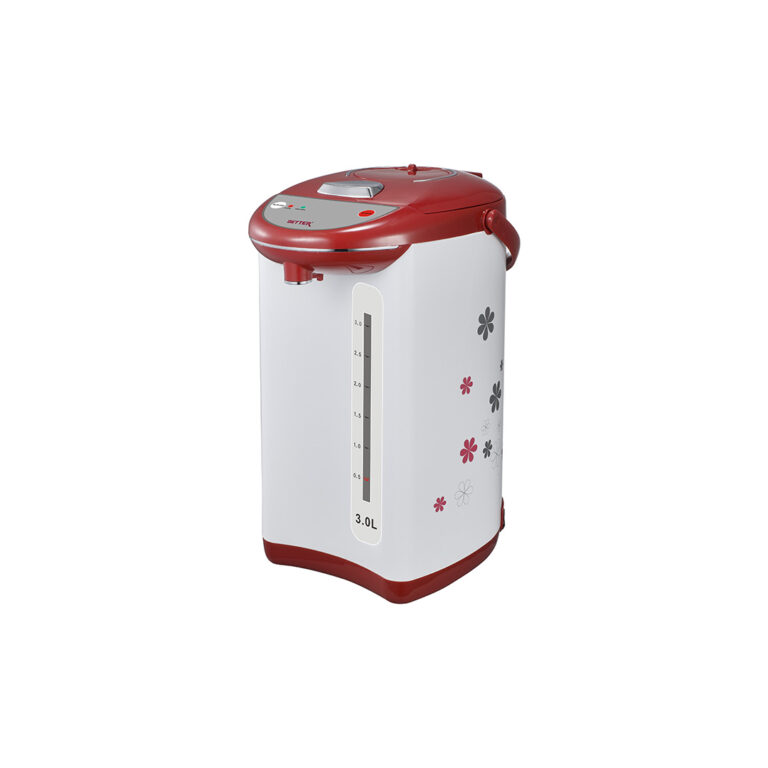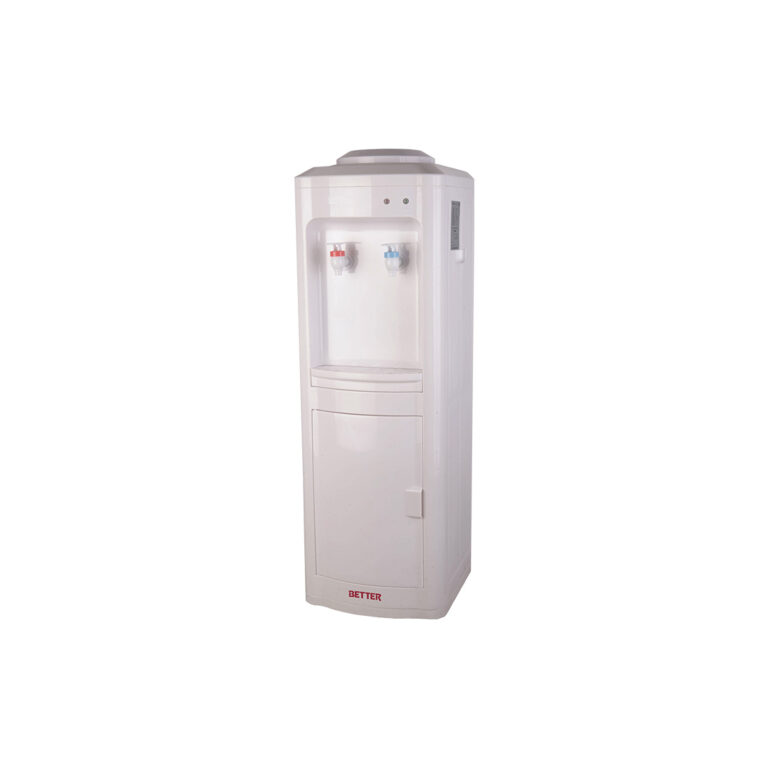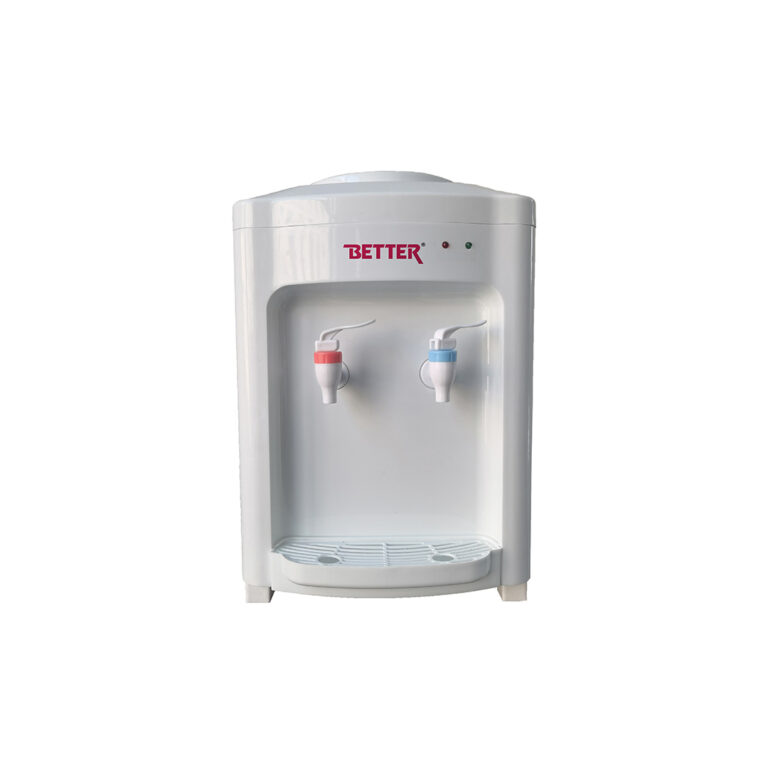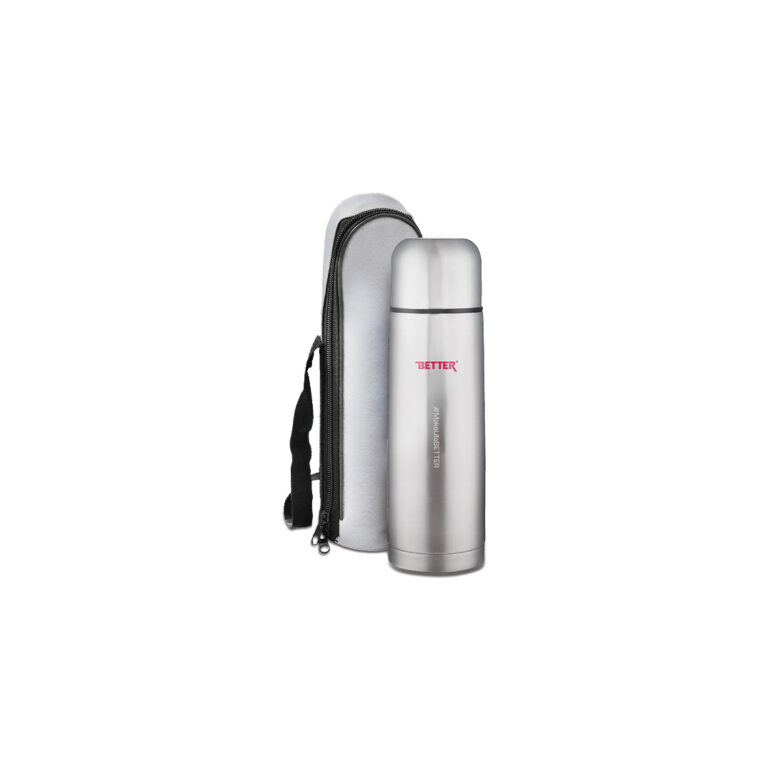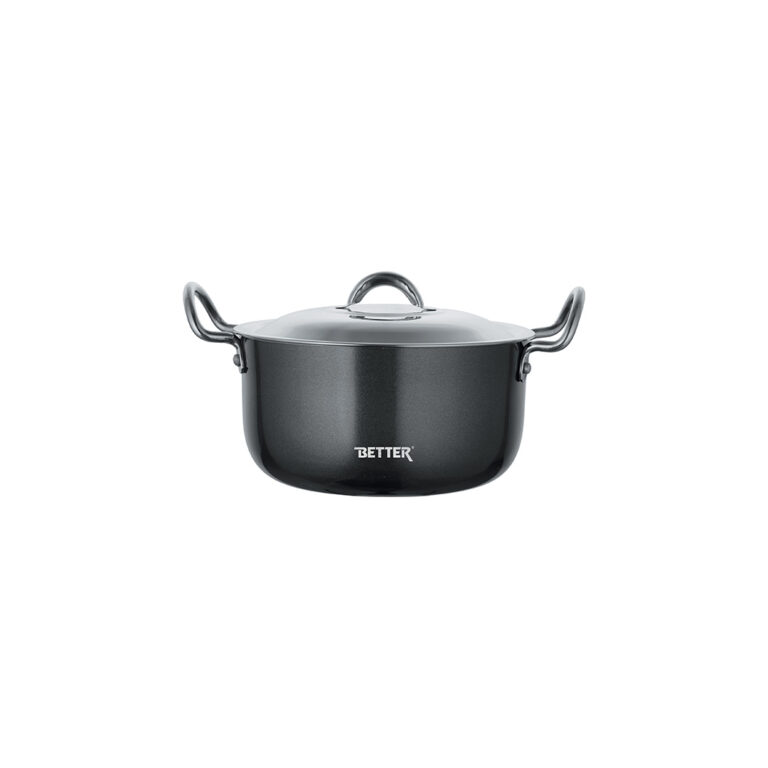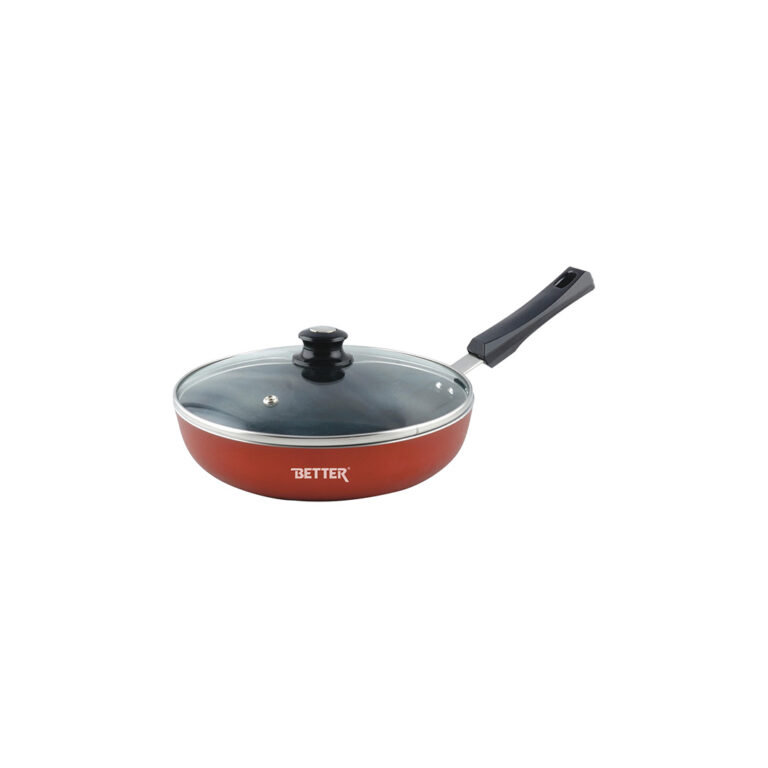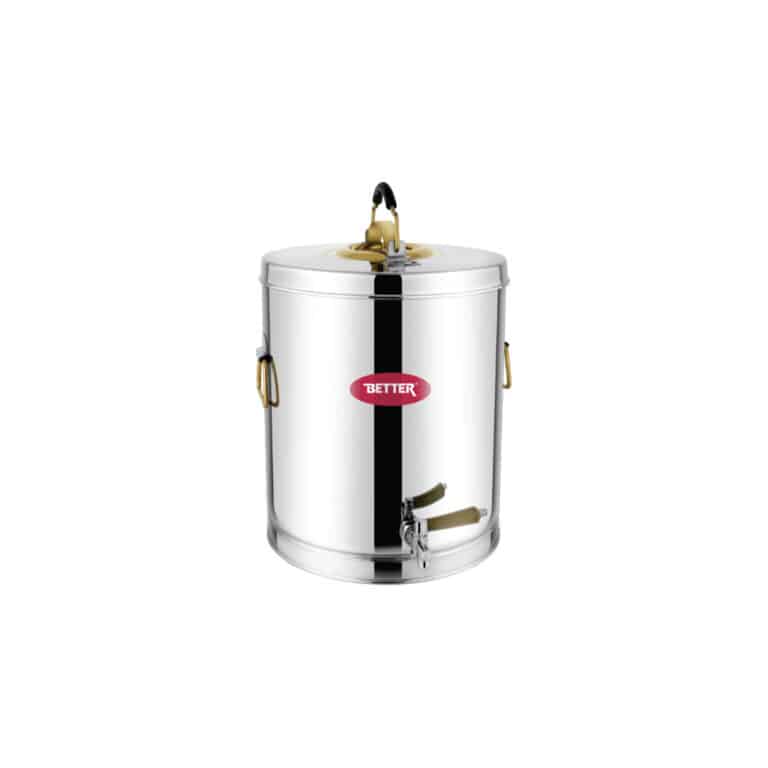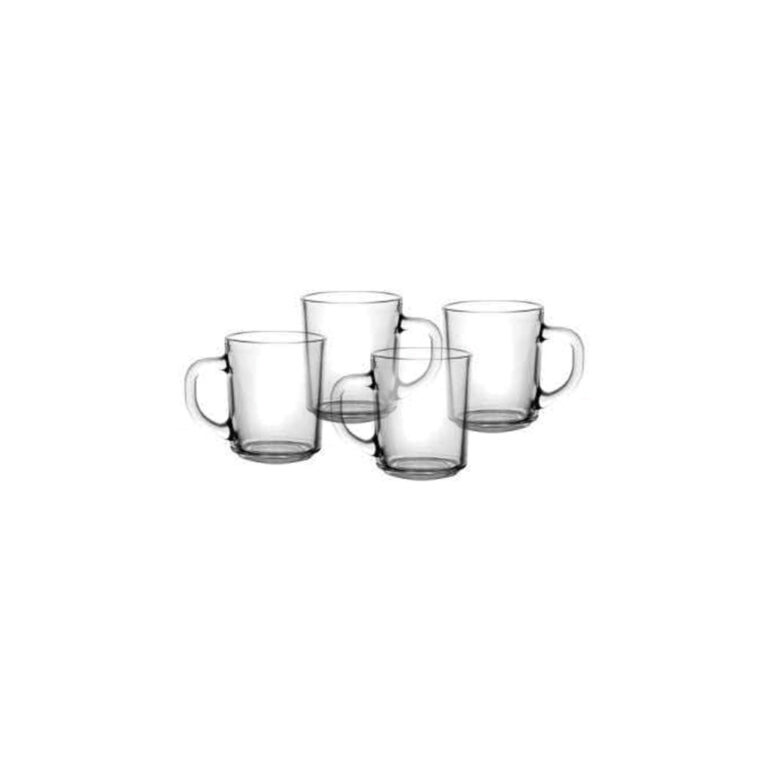

Choosing the Right Heater: Halogen Heater vs. Fan Heater
October 9, 2023
Share To:
As winter is approaching, I’m sure you are considering welcoming a new heater. But wait, are you confused about which heater will best suit you? Yes, it’s pretty confusing, as the market has many options. Also, with the introduction of the halogen heater, it’s Halogen Heater vs. Fan Heater to focus more.
To make it easier for you to decide between two common heaters in the market, we’ll go through Halogen Heater vs. Fan Heater in this blog. This will help you understand the difference between them and select the best fit for your needs.
What is a Halogen Heater?
A halogen heater comprises a halogen element within the heating lamp and bulb. The lamp of a halogen heater consists of halogen gas, which makes the lamp heat and glow, eventually making the place around it warmer.
Halogen inside the halogen lamps increases the bulb’s brightness and also prevents the bulbs from darkening.
How does a Halogen Heater Work?
When you plug a halogen heater into a power source, the halogen element inside the bulb radiates the light, heating the bulb, and the lamp radiates instant heat to the room. After a few minutes, you’ll find your room getting warmer.
Halogen elements inside the bulb not only radiate an adequate amount of light but are also responsible for making the bulb last longer in comparison to other heaters.
Advantages of Halogen Heater
Instant Heat
Halogen heaters are known for instantly providing heat after being connected to a power source. It does not require any minimal heating time compared to other regular heaters. This can be helpful if you need instant heat.
Portability
Halogen heaters are usually lightweight and designed for portable use. They come with handles or wheels that help you to move from one place to another. As they are portable, you can access heat anytime and anywhere.
Energy Efficient
You can use halogen heaters to focus heat directly on people instead of heating the entire room. So, this targeted heating approach can save energy, which other traditional convention heaters lack.
Easy and adjustable heat setting
Most halogen heaters are easy to install as they are easily portable. So, you don’t need help from anyone to install the heater. Also, the adjustable heat setting allows you to quickly adjust heat according to your needs.
Disadvantages of Halogen Heater
Directional Heating
Halogen Heater is effective for heating specific, focused areas as well as people. If you think of heating an entire room instead of focusing on a particular area, then the Halogen Heater might not fit perfectly as per your need.
Light Emission
Halogen heaters emit bright light due to their halogen bulb. This might be an issue if you consider using a halogen heater in a dark or dimly lit room.
Limited heat retention
Halogen heaters are unsuitable for heating large spaces as they work on directional heating. Also, halogen heaters, once turned off, will not be able to retain heat. This means the room can cool down quickly once the halogen heater gets turned off.
Fragile
Hydrogen bulbs are pretty fragile and can easily break if the heater is bumped or tripped over. Replacing the bulbs can be costly, bringing questions regarding the durability of halogen bulbs.
What is a fan heater?
A fan heater uses a fan to push air over the heating element. A fan heater usually consists of a heating element that can be a nichrome or resistive heating coil, to name a few, that converts electrical energy into heat energy and a fan to pass the heat around the room.
How does a fan heater work?
A fan heater is composed of a heating element and a fan. When we connect a fan heater to a power source, the heating element gets heated up, and then the fan blows the air over the heating element, which helps hot air circulate the place where it’s installed.
Advantages of fan heater
Evenly heating
Fan heaters ensure that the warm air is distributed all over the room, unlike the halogen heater, which only heats a focused area or person. This feature helps to heat the entire space and maintain consistent temperature throughout the room.
Versatility
Fan heaters provide versatility for use. You can use a fan heater in bedrooms, living rooms or small workshops. They are suitable for personal purposes as well as general heating purposes.
Safety and long-term use
Unlike Halogen heaters, fan heaters are less fragile as no components will likely get damaged due to small bumps or trippings. Also, they come up with safety features such as overheating protection and tip-over switches.
Quick heating and heat retention
Fan heaters usually take a little time to heat up, so they can meet your instant heating requirements. Also, since the heat is evenly distributed all over the place, the heat retention in the room is relatively longer than in the halogen heater.
Disadvantages of Fan heaters
Drying effect
Fan heaters can result in drying effects in the room due to direct heat. It can create skin and respiratory discomfort in winter as the air is already dry.
Maintenance
Drying heaters need regular maintenance as dust and debris can accumulate in the fan blades and heating elements, impacting the performance of the fan heater over time.
Overview
Both Halogen Heater and Fan Heater have their own advantages and disadvantages. The right one depends upon your requirements.
If you need a heater for home purposes and directional heating, a Halogen Heater is one for you. In contrast, if you need a general heater for evenly heating your room, you should consider a Fan Heater.
So, the right choice of the heater depends upon your need and purpose, as Halogen and Fan heaters have their own specialties and uses. I hope you’ve got a clear idea about what heater you are going to get after reading this Halogen Heater vs. Fan Heater blog.
Also, if you’re looking for a quality halogen and fan heater, check out Better Home Appliances for home appliances that are of high quality and within your budget.
























